A Montana State fellow charts a path from physics and modeling to a form of pure math called category theory.
Lawrence Berkeley National Laboratory
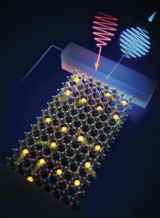
‘Crazy ideas’
A UCSD engineering professor and former DOE CSGF recipient combines curiosity and diverse research experiences to tackle nanoscale questions and energy applications.

Star treatment
A UT Austin-based fellow blends physics and advanced computing to reveal cosmic rays’ role in stellar events.

‘Putting it all together’
A Vanderbilt University fellowship recipient applies math, physics and computation to sort out semiconductor defects.

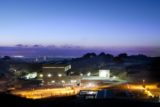
Super-connected HPC
The superfacility concept links high-performance computing capabilities across multiple scientific locations for scientists in a range of disciplines.

Efficiency surge
A DOE CSGF recipient at the University of Texas took on a hurricane-flooding simulation and blew away limits on its performance.

Labeling climate
A Berkeley Lab team tags dramatic weather events in atmospheric models, then applies supercomputing and deep learning to refine forecasts.

Swimming lessons
A Berkeley Lab-Northwestern University team follows fish movements to build energy-efficiency algorithms.
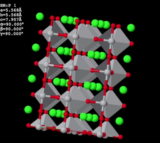
Materials cookbook
A Berkeley Lab project computes a range of materials properties and boosts the development of new technologies.
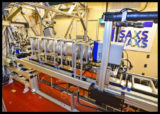
Nanogeometry
With a boost from the Titan supercomputer, a Berkeley Lab group works the angles on X-rays to analyze thin films of interest for the next generation of nanodevices.
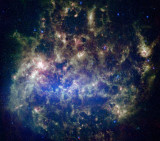
Analysis restaurant
The AnalyzeThis system deals with the rush of huge data-analysis orders typical in scientific computing.

Noisy universe
Berkeley Lab cosmologists sift tsunamis of data for signals from the birth of galaxies.
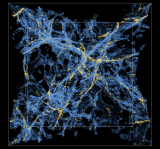
Rewinding the universe
Dark energy propels the universe to expand faster and faster. Researchers are using simulations to test different conceptions about how this happens.

Filling in the blanks
To prevent important information from being missed, a Berkeley Lab team is improving how supercomputers divvy up the ponderous tasks surrounding large simulations’ analytics and visualization.
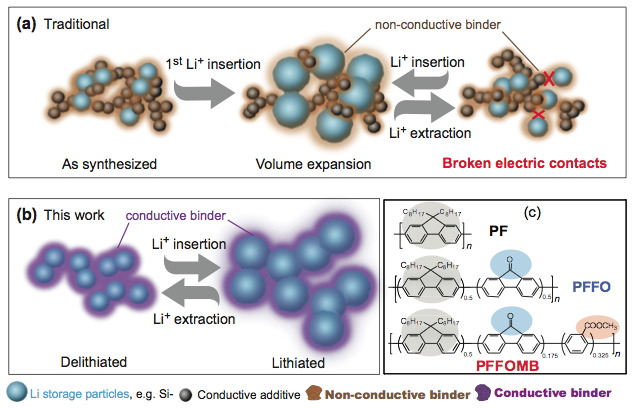
Power boost
Berkeley scientists have combined computational modeling and advanced materials synthesis to devise a low-cost anode that bolsters the feasibility of long-life lithium-ion batteries.

Helping hydrogen along
Researchers have pursued clean hydrogen-based fuels for years. A Berkeley Lab team hopes to spur that quest with help from one of the world’s most powerful computers.
Nanostructural problem-solvers
Computation ferrets out emergent behaviors of novel materials built from tiny blocks.





